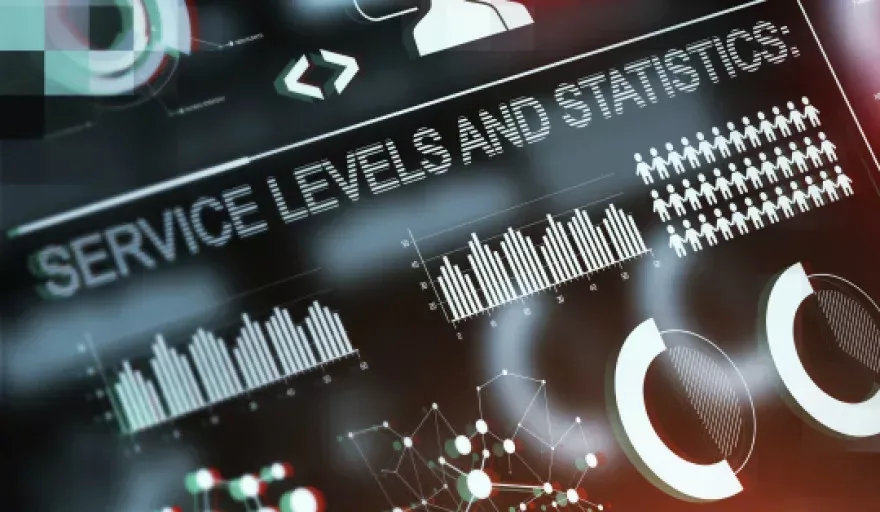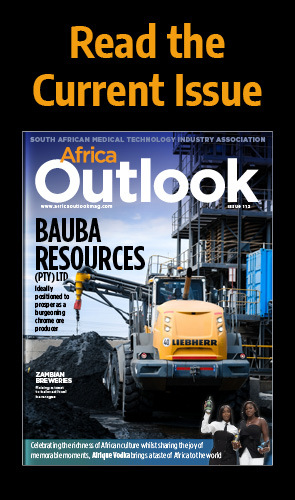Many companies such as SAS are looking towards technology and energy management solutions in order to help Eskom keep South Africa’s lights on.
Advanced analytics could hold the key in proactively managing Eskom’s allocation of energy to South Africa in the future with a strict maintenance routine the potential solution to securing a more reliable electricity flow for an improved long-term outlook.
A long-term solution is exactly what’s required too, with short-term forecasts shrouded in negativity; the country’s utility recently making 1,000 workers at a local power plant redundant as the continent’s most advanced economy continues to suffer its most severe power shortages since they began in 2008.
Additionally, the firm is currently in conflict with its senior management; Chairman Zola Tsotsi having resigned after suspending the CEO Tshediso Matona and three of his fellow executives while an inquiry is held into the operations of the troubled utility.
In March, a labour court in Johannesburg dismissed an attempt by Matona to overturn his suspension. Not only has there been a management problem, but since the aforementioned redundancy – which was disseminated via text message – another union has threatened a new walkout.
LOSS OF CONFIDENCE
It is clear that job-losses and suspensions have led to a loss of confidence in Eskom’s corporate governance and its reliability. The power utility has suffered from years of underfunding and investment in new plants and has failed to keep up with demand. Now, it is about using Eskom’s funds in the most efficient and logical ways possible.
Not only this, labour disruption and technical faults have delayed construction of the Medupi Plant – which would be the first power station built in South Africa for 20 years – with 21,000 contract workers protesting against poor living conditions and seeking higher pay in mid-March.
Eskom has always used a degree of analytics to manage power supply, but its failure to plan ahead is the central reason for load-shedding today. The big data it gathers from power plants, transformers, generators and other machinery only reflects events that have already happened, making decisions based on this historical data ineffective. This inability to align itself with modern technological efficiencies is perhaps just one of the contributing factors that hold Eskom back from providing a more secure supply of electricity.
Kroshlen Moodley, General Manager of SAS, Public Sector and Utilities says now is the ideal time for Eskom to use advanced analytics to improve decision-making and better handle South Africa’s power crisis.
LOOKING BACK VS LOOKING AHEAD
“The biggest problem is that Eskom’s decision-making is reactive rather than proactive,” he says.
“Take infrastructure maintenance as an example. Many of South Africa’s power plants are operating well beyond their 30 to 35-year life spans. An increase in demand puts pressure on these plants, which often break down and force Eskom to perform reactive unplanned maintenance. As these events are outside of the normal maintenance cycle, Eskom is forced to delay planned maintenance and to sweat its power assets even more. Anyone in IT will be familiar with the risks of sweating assets, which include a higher probability of breakage, increased costs and sluggish performance.”
As a result of this, Eskom has had to rely on diesel generators to make up for the shortfall when power plants are offline for maintenance. This is also risky as the generators were not meant to supplement daily capacity but rather maintain reserve capacity. They were purchased to supply reserve capacity to cater for fluctuations in demand and to ensure the grid does not slip into a complete failure state.
IF THIS, THEN THAT
Advanced analytics can have a massive impact. “The big data gathered from Eskom’s machinery, as well as data around area usage and other variables, can be plugged into a statistical model, allowing Eskom to predict future scenarios based on a set of events that have already occurred. This will enable proactive decision-making that will regulate supply and help Eskom to better plan its maintenance schedule,” says Moodley.
Relying on reactive data to plan for the future is problematic as decisions on new plants and additional energy resources are only made once supply can no longer meet demand, as is the case in South Africa currently.
“Using advanced analytics to forecast demand and supply – and by analysing information from smart meters to determine how much energy a particular areas needs and to forecast how much demand is likely to grow – Eskom will be able to better manage generating capacity to meet demand.
“When there is a gap in demand, analytics can help Eskom to make better decisions in terms of introducing other electricity sources into the energy mix to close the gap. By analysing weather, seasonal and geographic information, as well as the variables for each alternative energy source, Eskom can make informed decisions on how to create the optimal generation and supply scenario – such as including wind energy from coastal regions and solar energy from inland areas in the mix,” he further explains.
LOW-IMPACT LOAD SHEDDING
With advanced analytics, Eskom would be able to also responsibly manage and communicate planned outages as Moodley highlights: “By considering variables such as critical operation times for certain industries and traffic flow, and combining this with the insights gathered from smart meter monitoring, Eskom can made a decision on how best to supply energy at different times of the day in a way that minimises impact on businesses and citizens. Sentiment will increase as a result, which would calm foreign investor nerves and improve confidence in the economy.”
Soaring diesel costs, unplanned maintenance and the knock-on effects of load shedding clearly show that keeping the lights on comes at a price. Eskom has to change the game in terms of how it forecasts and plans for demand, and advanced statistical models have a huge role to play in this.
“The good news is that we no longer needed qualified statisticians to build these models,” explains Moodley.
“Today’s analytics software is user-friendly and intuitive and can build models for us. It uses a degree of artificial intelligence to meet the requirements of modern-day businesses and presents a number of different scenarios in terms of what might happen. This allows businesses and utilities to make better-informed decisions, saving time and money and optimising processes and resource allocation,” he concludes.
Many feel the time has come to break Eskom’s monopoly over South Africa’s electricity supply, urging the allowance of Independent Power Producers to contribute electricity to the national grid. Of course, analytics would be one potential way forward that is very accommodating for any power entity seeking to enter the market, and may indeed be the only path to rid South Africa of the business and life-impacting burden of load-shedding and its untimely power cuts.





























